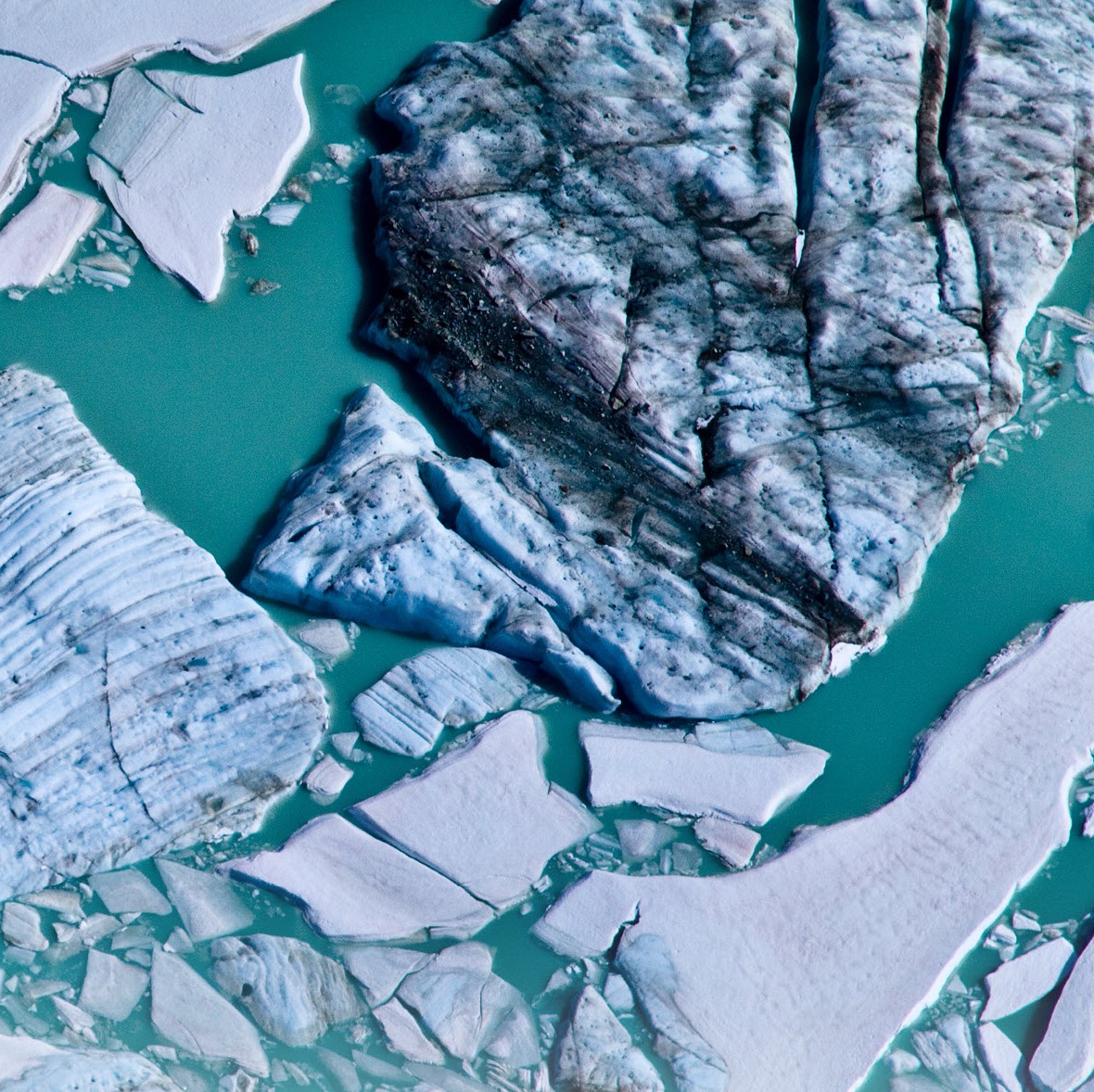
The Greeley Early Career Award is named for pioneering planetary scientist Ronald Greeley. Ron was involved in nearly every major planetary mission from the 1970s until his death and was extraordinarily active in service to the planetary science community. Ron’s greatest legacies, however, are those he mentored through the decades, and it is young scientists whose work and promise we seek to recognize. This year’s Greeley Award winner is Edwin Kite, an assistant professor at the University of Chicago. Edwin received his Ph.D. from the University of California, Berkeley in 2011.
Edwin’s research topics focus on the roots of planetary habitability, from the deepest crevasses on Enceladus to the farthest Earth-like exoplanets. Edwin’s research style is in a category of its own. He uniquely blends geological and geophysical tools to uniquely tackle the question at hand.
Edwin has applied models of atmospheric breakup of meteoroids to estimate the ancient atmospheric pressure on Mars. By using the record of small impact craters on ancient river valleys, he found an upper limit of about 0.9 bars. With such a low atmospheric pressure, a CO2 greenhouse would not be able to support stable liquid water on the surface. This novel study is a critical contribution to the debate over a cold, wet or warm, wet early Mars.
Edwin’s studies of the geysers on Saturn’s tiny moon Enceladus have explained how tides can maintain water-filled fissures in connection with the subsurface ocean. The eruptions provide direct access to material from the subsurface ocean. His work finds that the eruptions can be sustained for millions of years.
Edwin’s curiosity and creativity are boundless. He infects his collaborators and colleagues with the joy of chasing fresh ideas and finding the unexpected.
The planetary science community congratulates Edwin for his many early-career achievements.
—Sarah T. Stewart, University of California, Davis

Gale crater, the landing site of NASA's Curiosity rover, and the mountain at its center, Aeolis Mons, hosts an extensive record of sedimentary rock...




